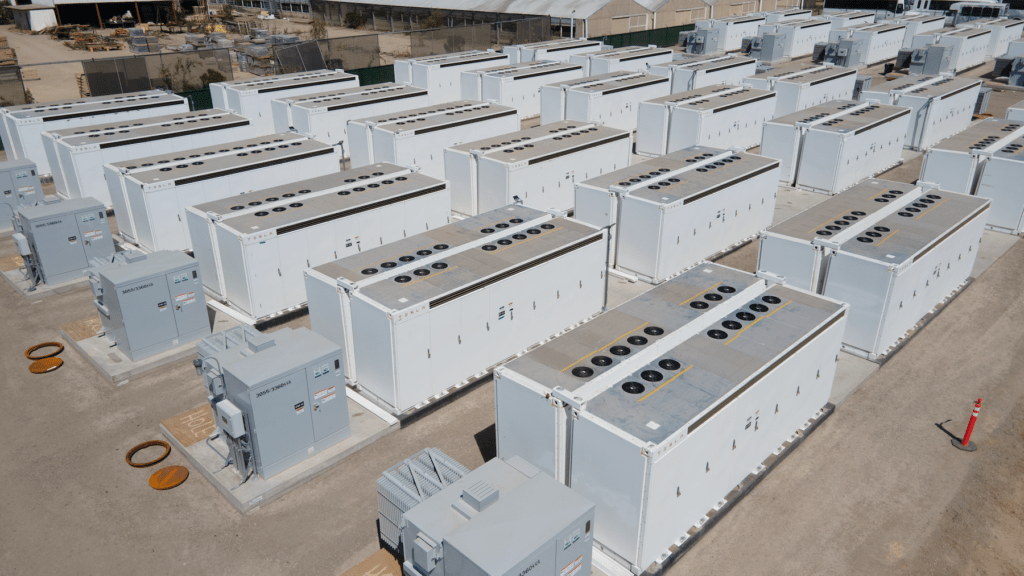Patty Rollin
Sol Systems LLC has acquired a 37 MW DC solar development project in Morgan County, Ill. from Lightrock Power. Sol Systems acquired the project through an RFP process executed on LevelTen Energy’s Asset Marketplace and it is part of Sol Systems’ growth strategy to scale its Impact + Infrastructure platform across the US.
“This acquisition builds on Sol Systems’ significant utility-scale footprint in Illinois,” says Patty Rollin, senior vice president of development at Sol Systems. “We are eager to kick off the construction phase of the Prairie Creek project, which will bring local clean energy and community opportunity to the region.”
Sol Systems will develop, own and operate the project. Once complete, the project will produce enough solar energy annually to power over 5,000 homes and offset the equivalent of over 9,000 passenger vehicles’ emissions for one year. As long-term owner and operator, Sol Systems will work to enable local employment opportunities and additional community benefits.
“Over the last two years we have developed sites in the U.S. and U.K. totaling 1 GW. Our team remain focused on creating further opportunities to accelerate the transition to renewable energy” states Benjamin Davies, co-founder of Lightrock Power.
“Through the Asset Marketplace, LevelTen Energy provides a centralized platform for renewable energy project developers and financiers to easily buy and sell their projects,” comments Patrick Worrall, vice president of Asset Marketplace. “We are happy that our platform enabled the connection between Sol Systems and Lightrock Power, both of whom are doing pioneering work to accelerate the clean energy transition and build local resiliency.”
Continue reading










